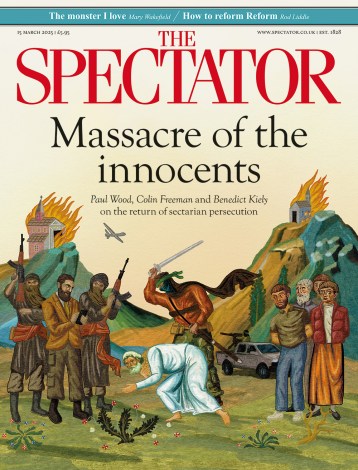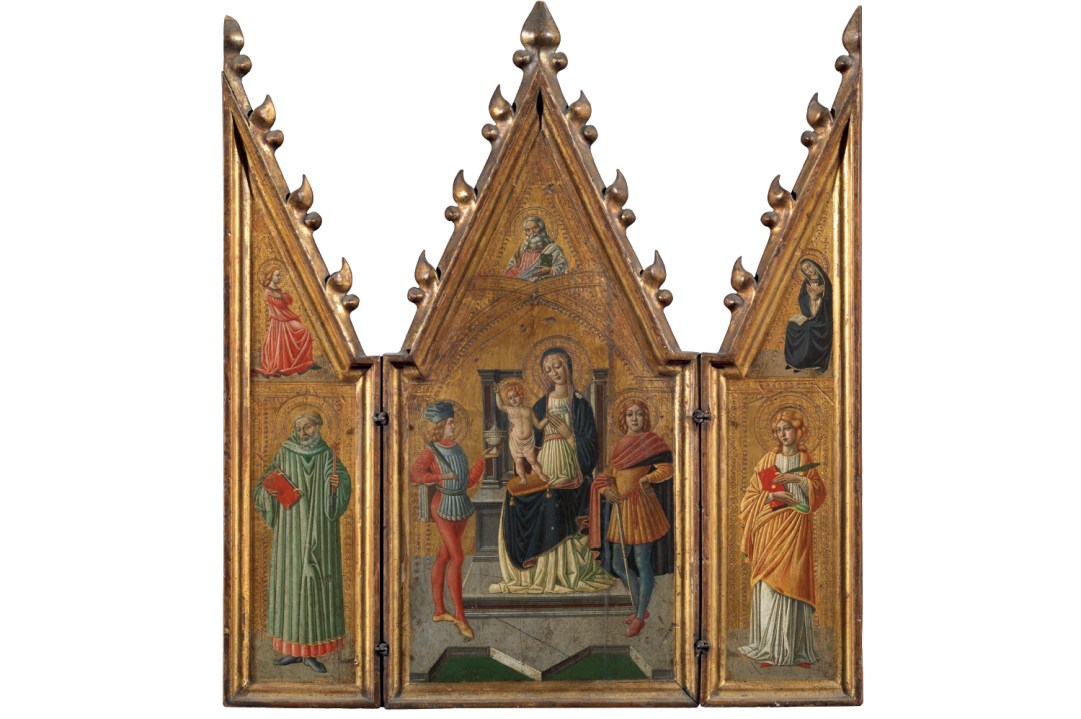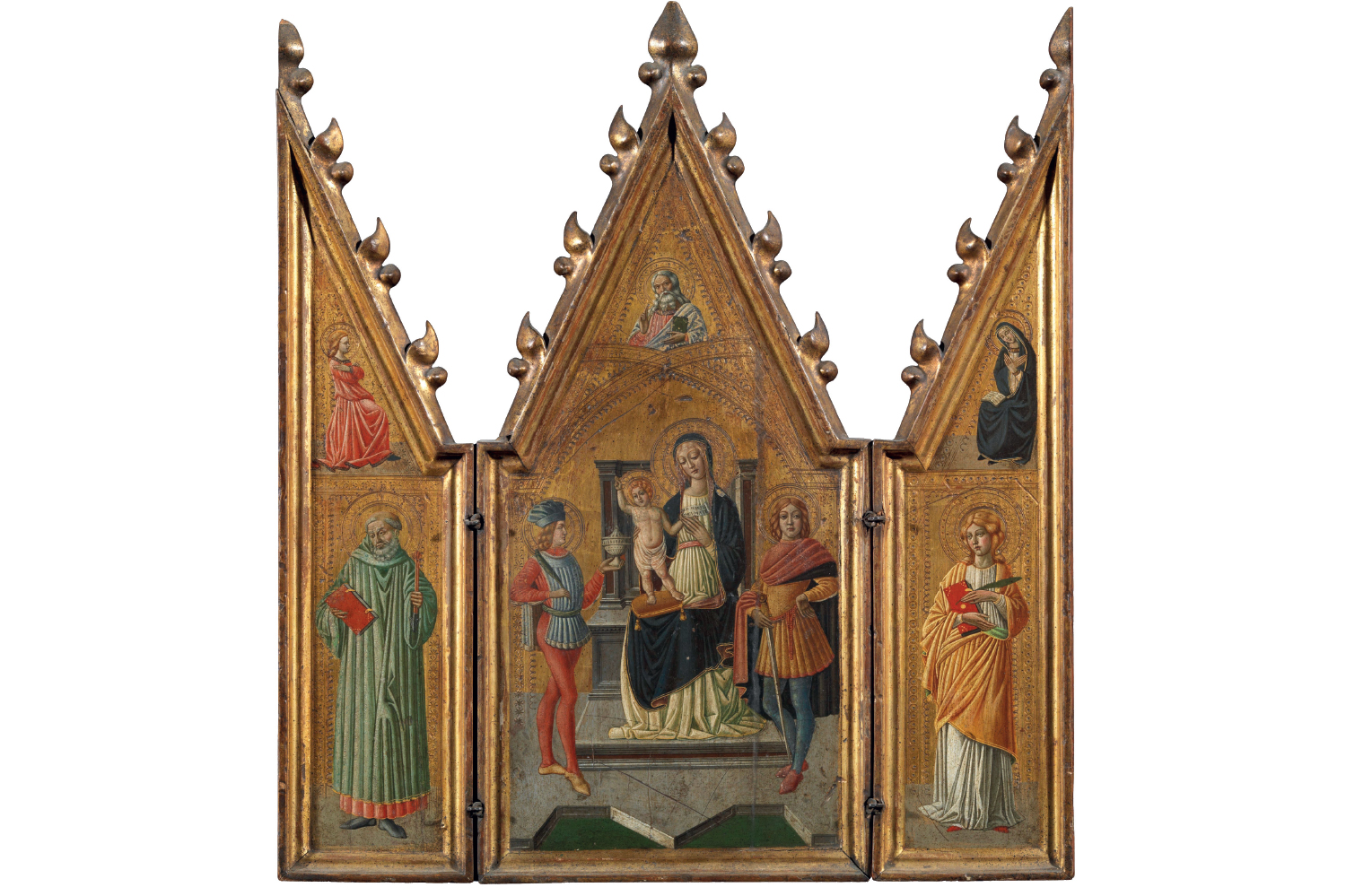In 1998 curators at the Courtauld Institute received an anonymous phone call informing them that 11 drawings in their collection were fakes. The caller intimated that he was an associate of the notorious forger Eric Hebborn, who had claimed in his 1991 memoir, Drawn to Trouble, to have sold the institute a fake Rowlandson.
The Sienese turned their training as restorers of Renaissance paintings to more profitable use
The Courtauld had, in fact, already rumbled the Rowlandson before Hebborn boasted of putting one over on it; now it looked like it could be more than one. The other ten included three sketches by Tiepolo, three by Guardi and a drawing by Michelangelo.
There’s a bit of the bloodhound in every art historian, and when Rachel Hapoienu came in to catalogue drawings in the collection she paid particular attention to this group. Her discoveries prompted the intriguing little show she has co-curated with the Courtauld’s curator of paintings, Karen Serres, an exploration of artistic skulduggery through the histories of some 30 disputed works in the collection, including the 11 on the caller’s list.

Get Britain's best politics newsletters
Register to get The Spectator's insight and opinion straight to your inbox. You can then read two free articles each week.
Already a subscriber? Log in







Comments
Join the debate for just $5 for 3 months
Be part of the conversation with other Spectator readers by getting your first three months for $5.
UNLOCK ACCESS Just $5 for 3 monthsAlready a subscriber? Log in